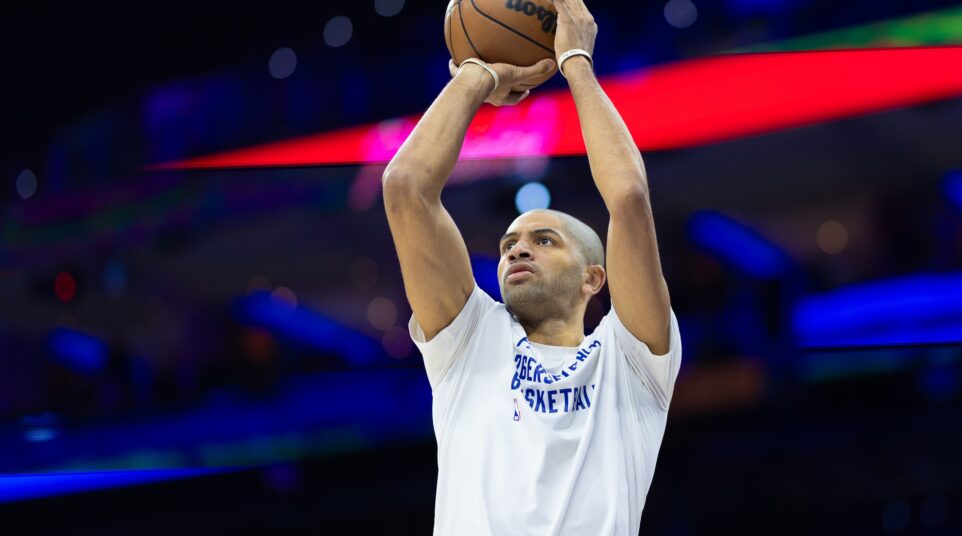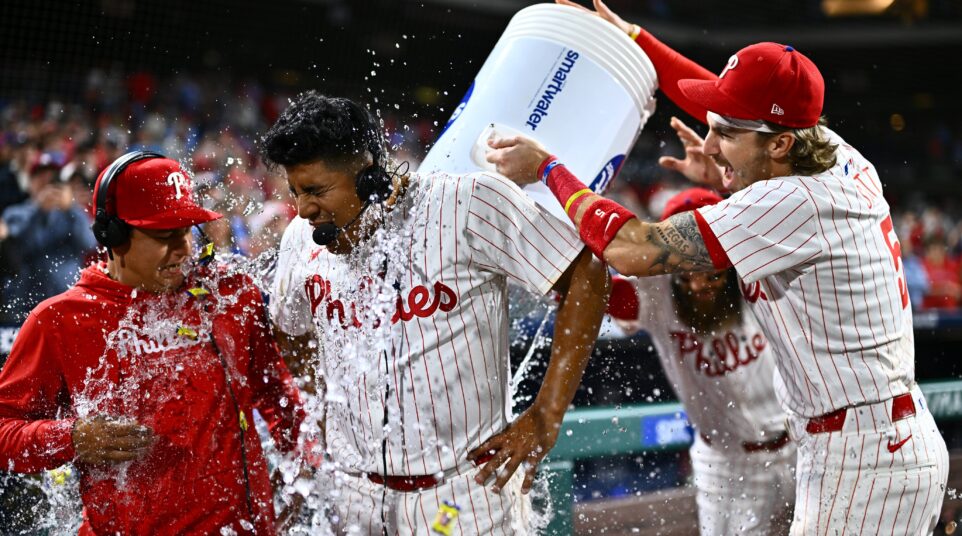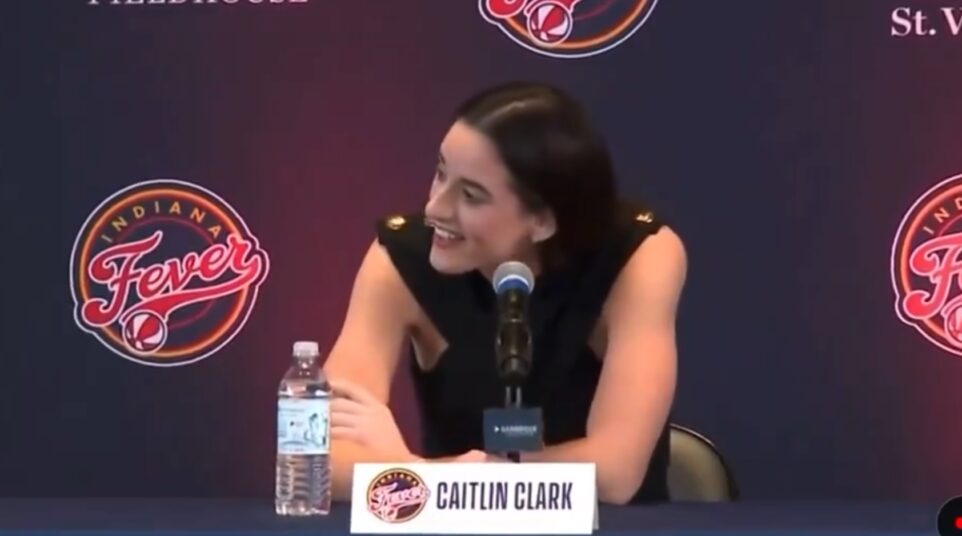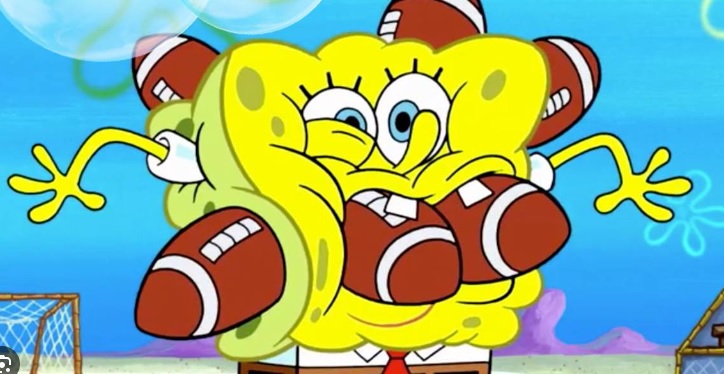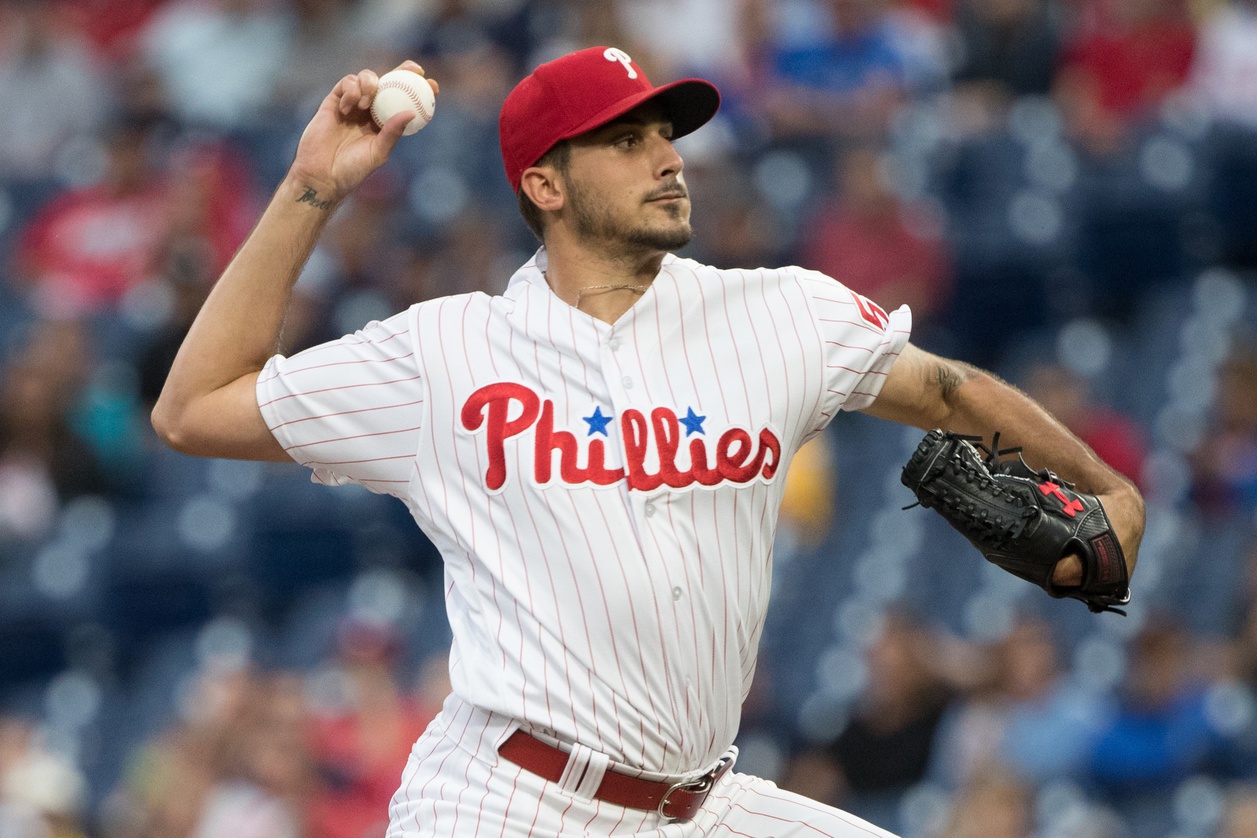
Could Zach Eflin be Poised for a Breakout Season?
About two weeks ago, I listened to a local sports radio talker – one who did not exactly have Phillies fever – basically write off Zach Eflin as nothing more than an average fifth starter.
The characterization went something along the lines of “he’s just a guy, whatever.”
I don’t remember the exact numbers, but when challenged to project Eflin’s 2021 stat line, the host came up with something like a 10-14 record while nipping a 5.00 ERA.
Rough forecast, I thought.
I’m stopping short of penciling Eflin in as an early National League Cy Young candidate, but this was a pretty harsh assessment of a guy who has shown both growth and promise in recent seasons.
It’s important to note that in baseball, as is the case with most things in life, positive linear progression is not guaranteed. Because it is not guaranteed, Eflin’s steadily improving key numbers over the last three seasons don’t alone portend the 26-year-old is ready to take his game to the next level. At the same time, such numbers are enough to justify some degree of optimism:
- 2018: 11-8, 4.36 ERA, 1.305 WHIP, 3.80 FIP, 1.1 HR/9, 8.6 K/9
- 2019: 10-13, 4.13 ERA, 1.347 WHIP, 4.85 FIP, 1.5 HR/9. 7.1 K/9
- 2020: 4-2, 3.97 ERA, 1.271 WHIP, 3.39 FIP, 1.2 HR/9, 10.7 K/9
Some quick takes on this sample:
- Eflin’s ERA improved from 2018 to 2019, but you will likely notice that is about all. The 2019 season was a rough one for Eflin, who was asked by then-pitching coach Chris Young to pitch more at the top of the zone with his fastball. Things started reasonably well, but both an apparent lack of belief in the plan and difficulty in consistently executing it led to a brutal four-start stretch during July in which he surrendered 22 earned runs over 15.2 IP. That disastrous string of starts led to a well-earned bullpen demotion.
#Phillies P Zach Eflin on his demotion to the bullpen. @SportsRadioWIP pic.twitter.com/fplJZA0oh2
— Howard Eskin (@howardeskin) July 30, 2019
- Eflin returned to the rotation in late August and would close the season with a 3.20 ERA over an eight-start stretch. Reverting back to a preferred reliance on pitching more consistently at the bottom of the zone, Eflin worked with more conviction and demonstrated important resiliency that not all pitchers, particularly unproven young pitchers, possess.
- Equally encouraging, Eflin, who has throughout his career put together outstanding stretches but has struggled with consistency, parlayed the momentum of his strong 2019 finish into a stellar 2020 campaign. His 3.39 FIP suggests he actually pitched better than his career-best 3.97 ERA indicates. He also produced a dramatic rise in his K/9 numbers.
- Not evident in the numbers above is the reality that Eflin posted several career-best marks while yielding a career-worst BABIP. Per FanGraphs, Eflin posted a career-low 24.5% hard contact rate (32.9% career average) while yielding a .344 BABIP (.298 career average).
Not to get too numbers heavy here, but Eflin had his most productive season while striking out more batters, yielding less hard contact, and generating more ground ball contact, all while experiencing some degree of bad luck as demonstrated by an outlier BABIP. The numbers suggest that this should normalize in 2021. In turn, if Eflin can replicate the other numbers of his 10 starts in 2020, it should result in another step forward.
It’s probably not a stretch to think that a 26-year-old (he turns 27 in April), who for the first time in his life isn’t entering spring training fighting for a rotation spot, could be turning a corner.
In fact, the Phillies are banking on it happening.
Asked last week about his expectations, manager Joe Girardi went all-in on Eflin:
“I thought he had a really good year for us, and I think he can even be better. I think he used his curveball a lot more effectively last year. Down the stretch, he pitched brilliantly for us. I don’t want to put a limitation on it because I feel like his stuff is that good that he could continue to grow and grow and grow. We’ve got a 1-A and a 1-B and we could have a 1-C. I mean, that’s how I feel about Zach Eflin.”
Lofty expectations from the manager, expectations that are also shared by the player.
“I view myself as a number one. I really believe that truly inside of me that the sky is the limit for me,” Eflin said. “I feel like I have a lot of feel and I can really initiate my pitches in any way I want to and really have a good feel for the zone with every pitch.“
Interestingly, Girardi mentioned Eflin’s curveball, a pitch he threw a career-high 13.1% last season. He also threw it with considerably more success:
| Stat | 2019 | 2020 |
|---|---|---|
| % Thrown | 5.4% | 13.1% |
| XBA | .285 | .123 |
| SLG | .654 | .125 |
| WHIFF | 36.4% | 43.9% |
In short, after prioritizing the development of the pitch following the 2019 season, batters went from doing a fair amount of damage against Eflin’s curveball to virtually no damage — and they swung and missed at it more, too:
Zach Eflin, Filthy 77mph Curveball (With Tail) 😷 pic.twitter.com/9Mh9UqSHkd
— Rob Friedman (@PitchingNinja) September 18, 2020
Asked about his point of emphasis entering this past offseason, Eflin noted the continued work on a changeup he has gone to on just 7.2% of his pitches since 2019.
“This offseason, I really wanted to refine my changeup and get a little more depth on my slider,” he said. “I feel like I’m in a good position with those two pitches, so to be able to combine that with a four-seam, two-seam, a curveball that’s plus for me now, I think is going to be huge for me.”
He cited increased repetition and looser hips leading to improved arm speed which should help prevent tipping the pitch early.
If Eflin can simply carry over similar effectiveness with the curveball, his 2020 numbers suggest he already possesses the requisite arsenal needed to pitch as a quality third starter behind both Aaron Nola and Zack Wheeler. If he can successfully further refine or expand that arsenal, Girardi might not be the only one who views Eflin as a “1-C.”


